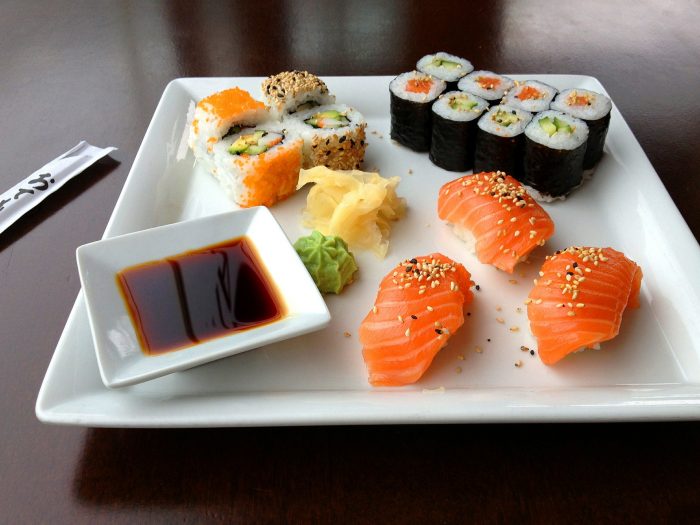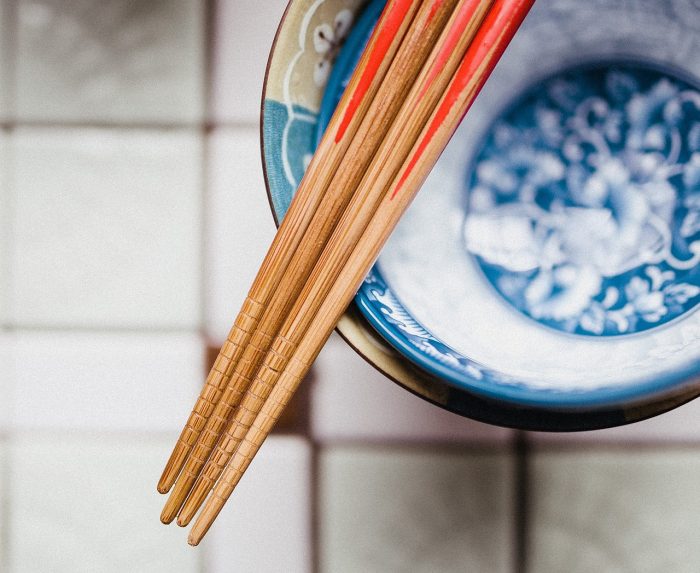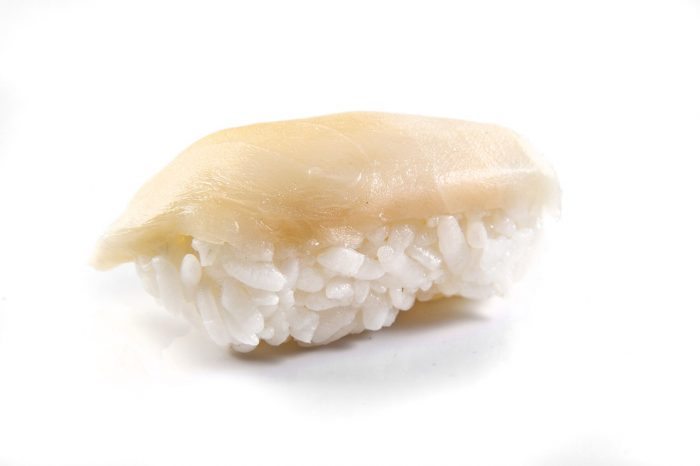It doesn’t matter which restaurant you go to; there are definite dos and don’ts you should follow to enjoy sushi. And that means having sushi etiquette.
Sushi is one of the best and most significant culinary delicacies of Japan. Of course, not everyone knows how to eat sushi, except for a few tips you have seen in movies, hence this article.
Whereas some of these tips might seem obvious to some people, I hope that they will offer some insight to all sushi lovers.

Here Is the Proper Sushi Etiquette
Utensils

You will be offered a hot towel (oshibori) to clean your hands, so be sure to fold it the way it was presented to you before you return it.
And don’t you dare rub those chopsticks together. If you are not using them, place them parallel to yourself or on a shoyu dish. Do the same even after you are done with your meal.
When picking food from someone else’s plate, never use the end of your chopsticks that goes in your mouth. Instead, use the end you hold. It is considered more polite to do it this way.
Manners

Always eat nigiri style sushi in one bite. This might not be possible, especially in North America, where they are prepared in huge sizes, but traditional Japanese Sushi-ya are always small enough to eat in one bite. Even in North America, try and tuck the whole thing in your mouth. Don’t worry if it’s too big; tuck it in any way.
In Japanese culinary dishes, gari (ginger) is a palate cleanser, and it’s supposed to be eaten between bites or between kinds of sushi. Never eat it in the same bite of sushi. Also, if you are not given a spoon for your soup, never ask for one. This means you are supposed to use the bowl for drinking the soup, using the provided chopsticks to direct solids to your mouth.
Customs

Typically, when you arrive at any Japanese restaurant, you will be welcomed by a loud ‘irasshaimase‘. So, do not get surprised or scared when you hear them shouting; they are simply welcoming you.
After your meal, tip the itamae if you are seated at the bar. In western countries, there is always a tip jar by the counter, and an itamae is not allowed to touch it since they are touching food. But if it’s not there, slide it into the bill or as you deem fit.
Remember to thank the itamae after the meal. In Japanese, they say ‘domo arigato‘ to mean ‘thank you’ or ‘gochisosama deshita‘ to imply, ‘thank you for the meal.’
Conclusion
I hope you have learned a thing or two in this evolution of the sushi dining experience. Are you excited to east sushi now? Remember these tips. Otherwise, enjoy your meal without being pressured about how you are eating. That’s the purpose of dining anyway. For more insight into Japanese food culture, click here!
































